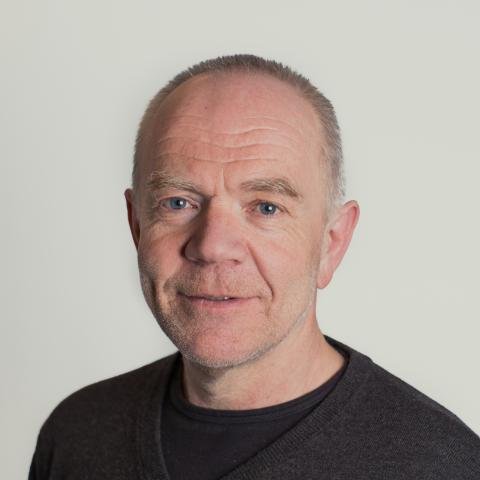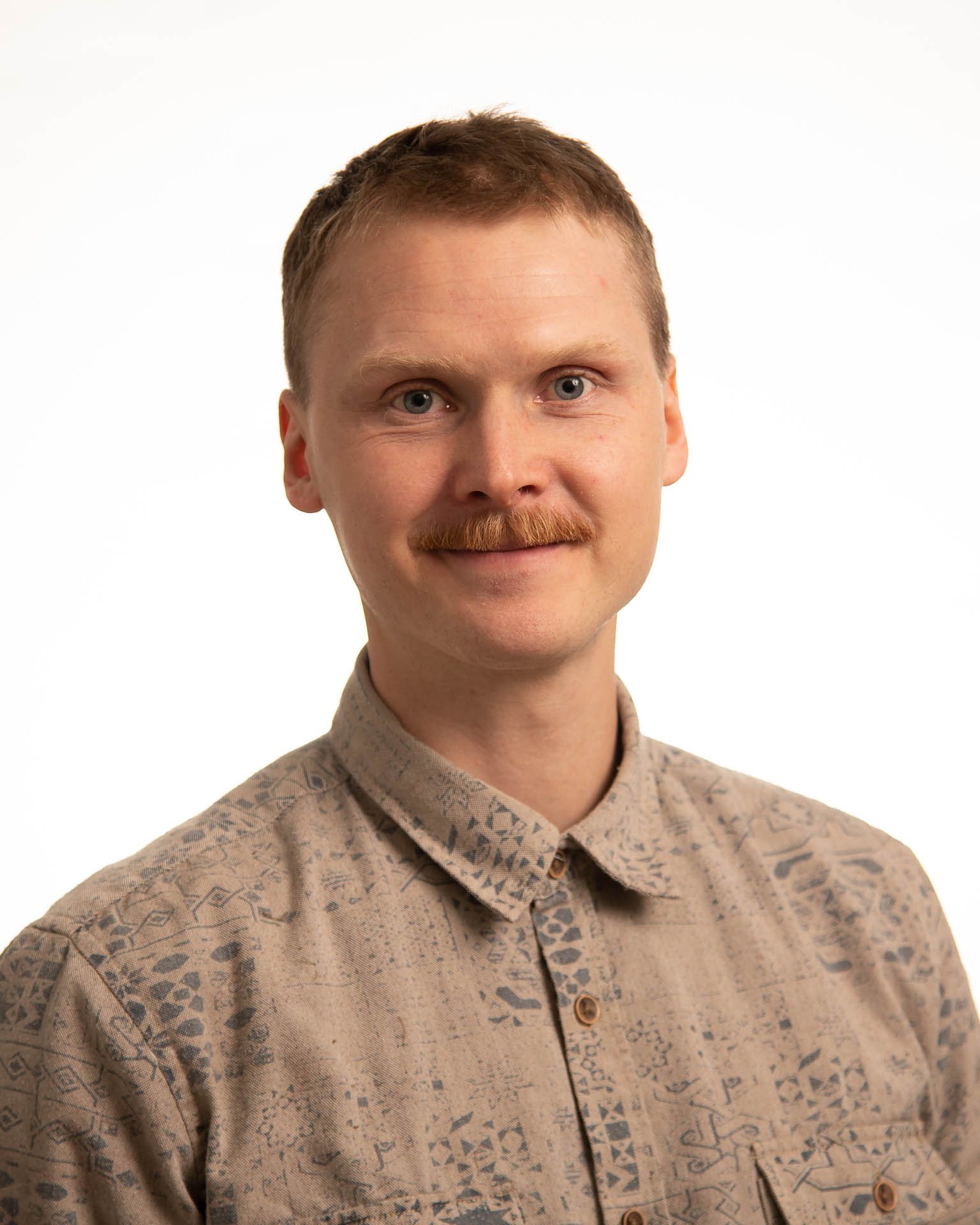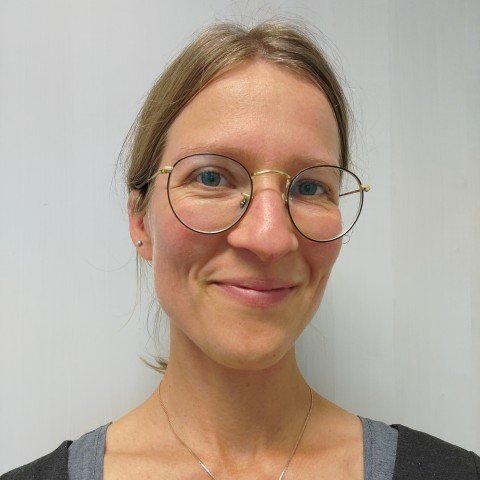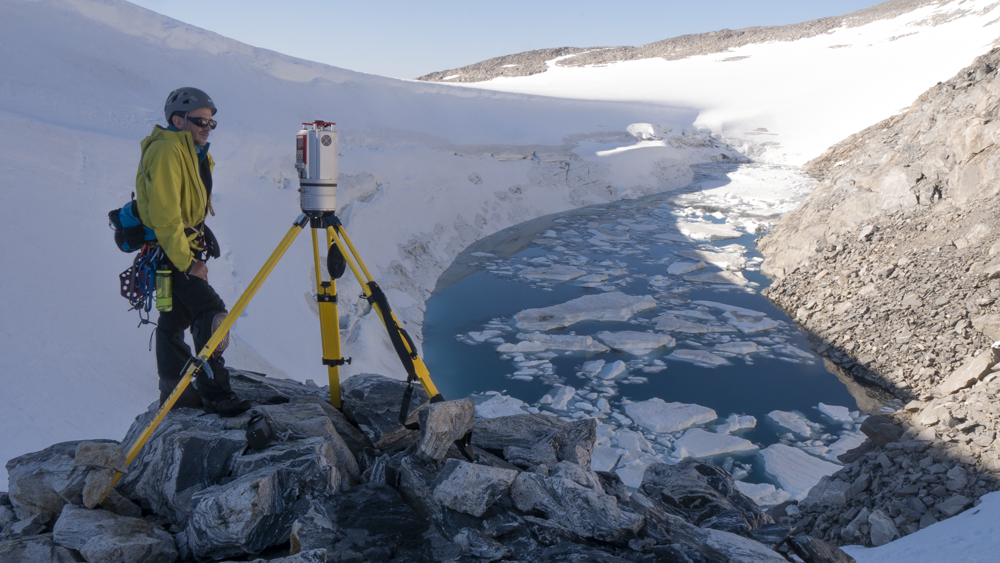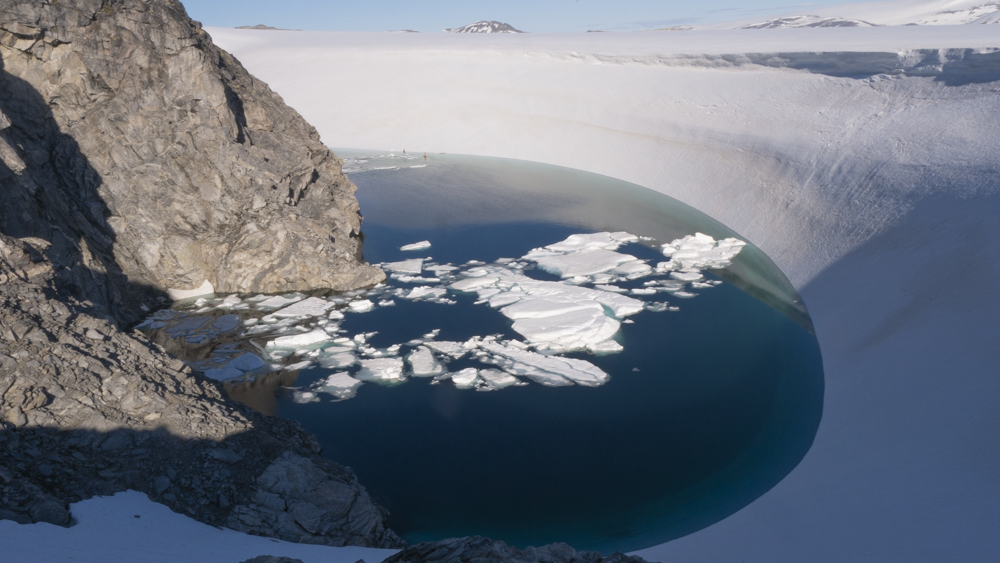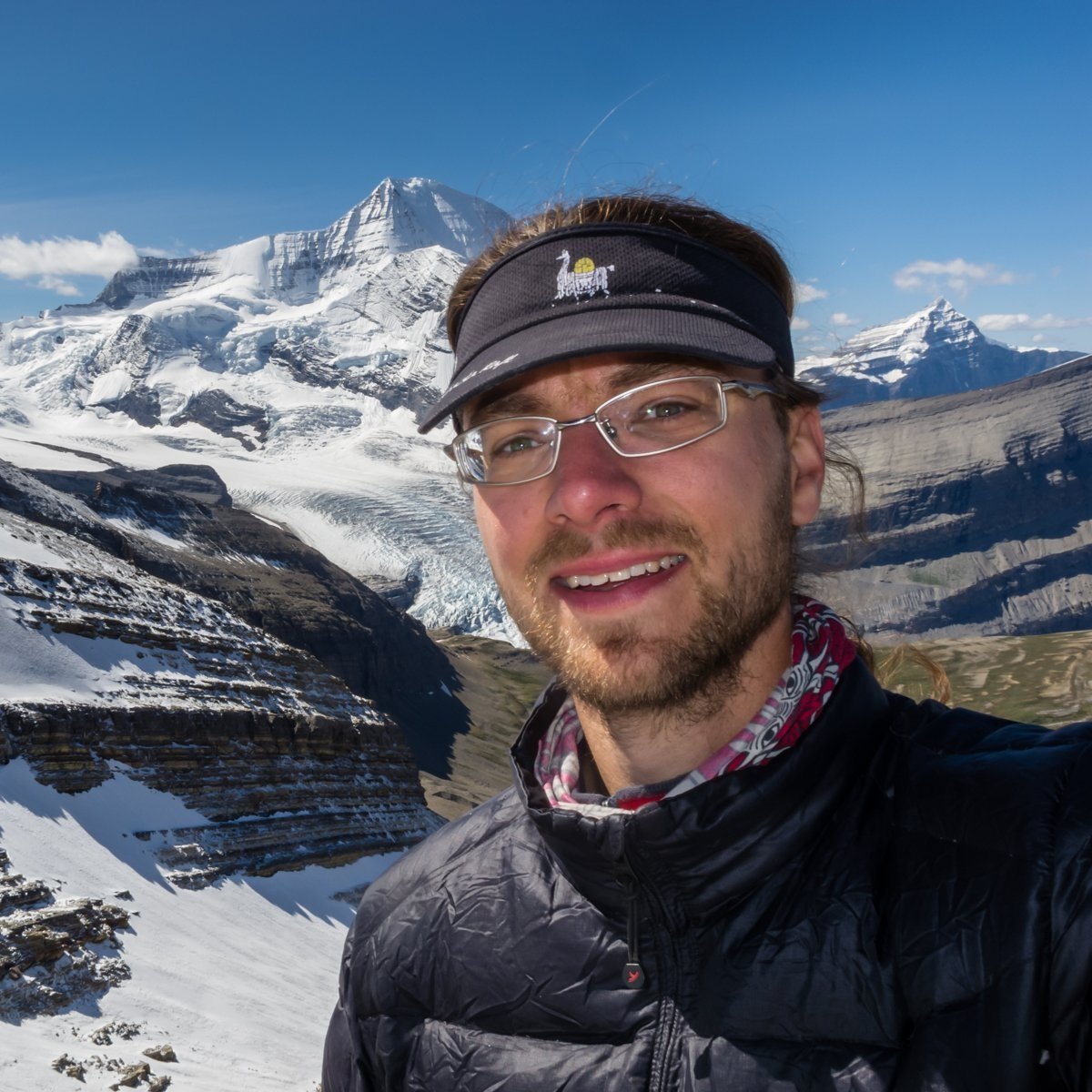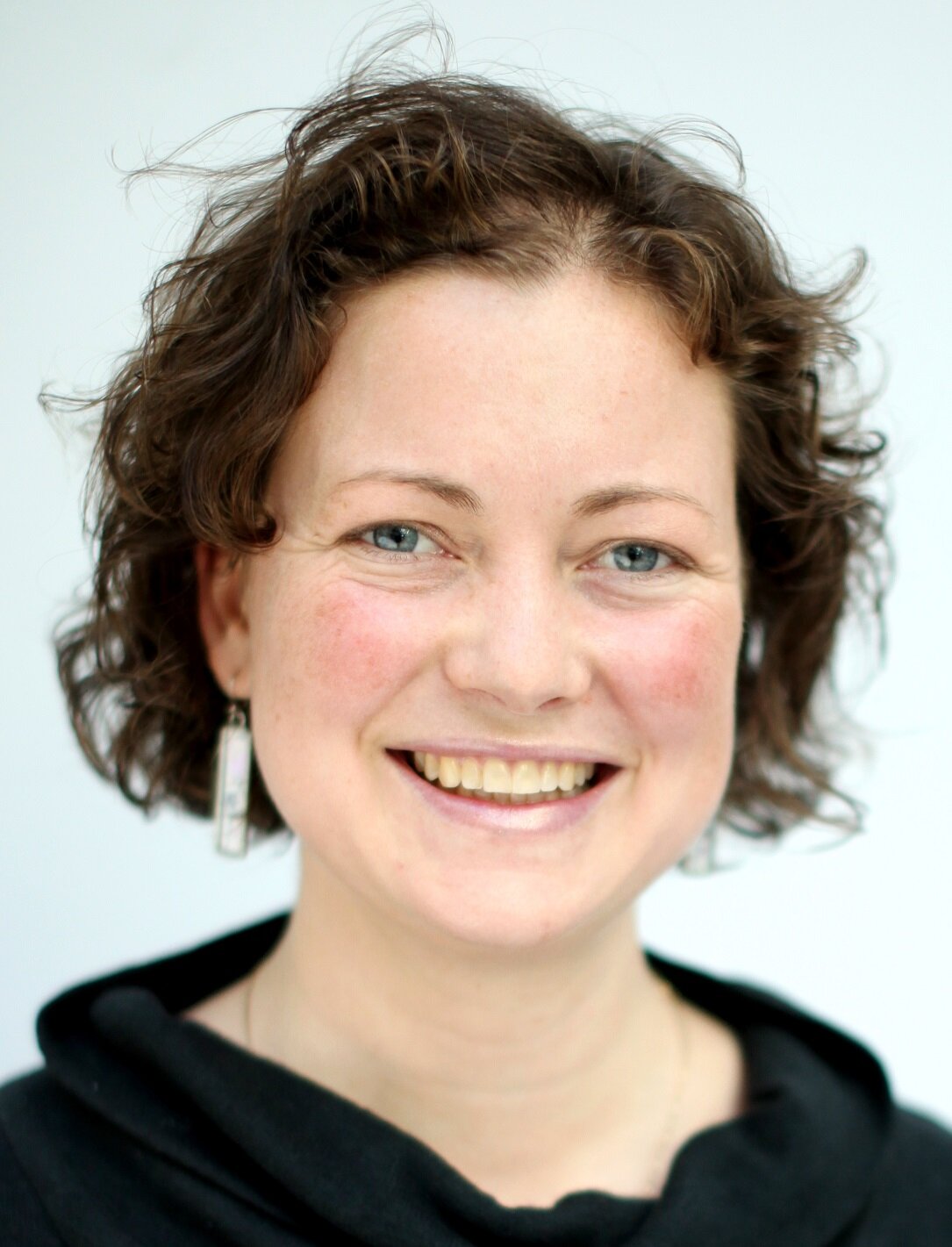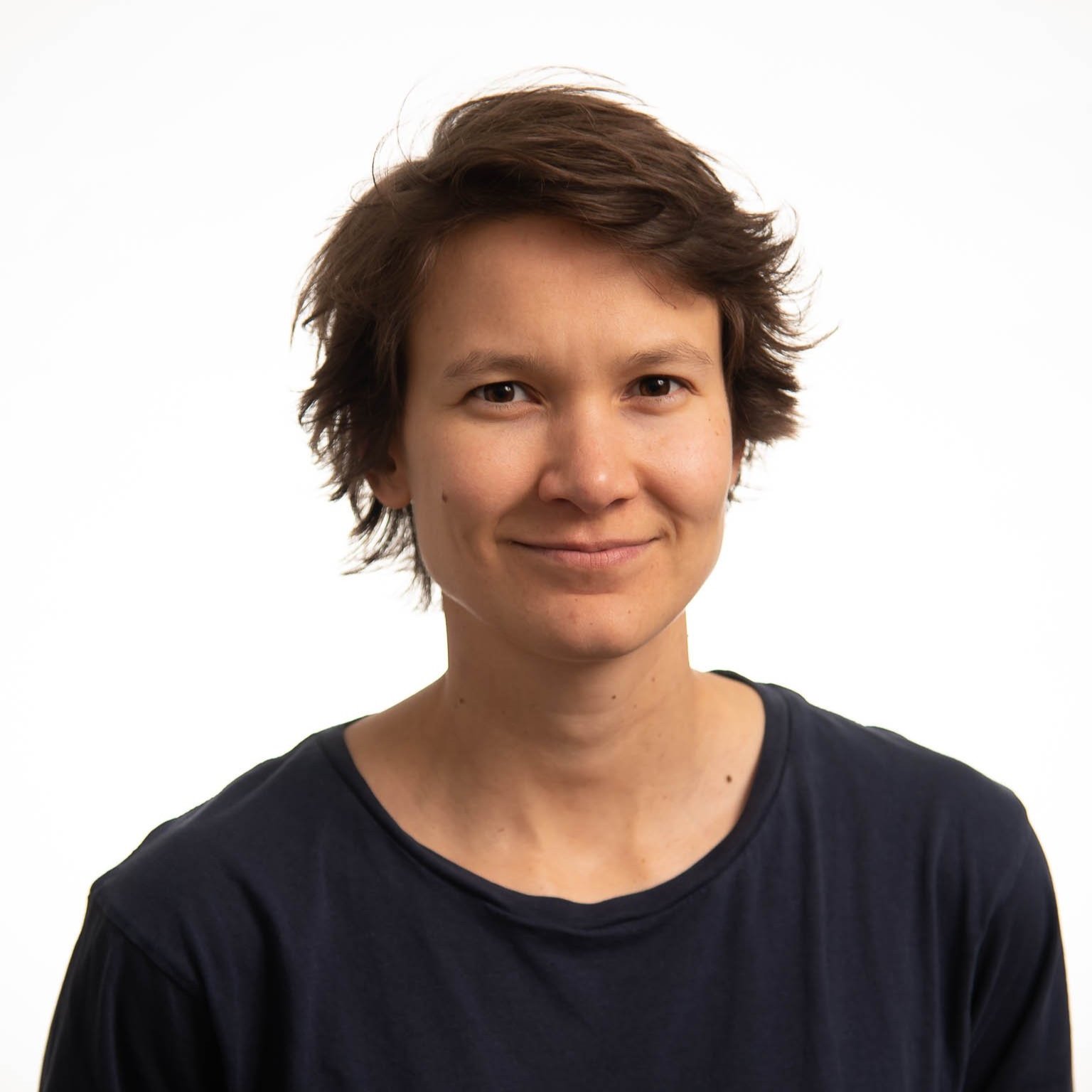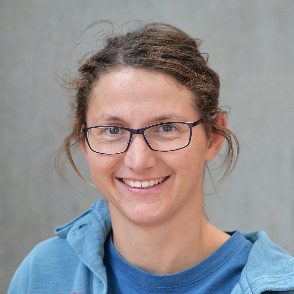Literature review on land-use change, biodiversity, and climate (Karnak)
The project partners study changes in land-use, natural diversity, and climate.
Dette prosjektet ser på kor vidt omsyna til klimatilpassing og utsleppskutt er i konflikt med kvarandre eller dreg i same retning, og korleis klimapolitikken påverkar vilkåra for å nå måla om berekraftig utvikling.
The project is comissioned by the Research Council of Norway, and will create a review of research-based knowledge about connections between land use and land use changes in Norway and effects on and challenges for biodiversity, ecosystem services, climate adaptation, carbon sequestration and storage.
In particular, we will discuss what the research says about the following:
how sustainable land use is in Norway
dilemmas and conflicts between different societal considerations
solutions, tools and development opportunities for land use that takes into account both climate and biodiversity
a scoping review
The work will be carried out as a "scoping review" of both peer-reviewed and gray literature in the area with relevance for Norwegian conditions. WNRI is the project owner, and carries out the work together with the subcontractors Miljøfaglig Utredning AS and the library at Western Norway University of Applied Sciences.
expert and user groups
An expert group of three ecologists will ensure the quality of search criteria and analyses, while the relevance for spatial planning and management will be strengthened through a user group with representatives of four County governor offices and two municipalities.



